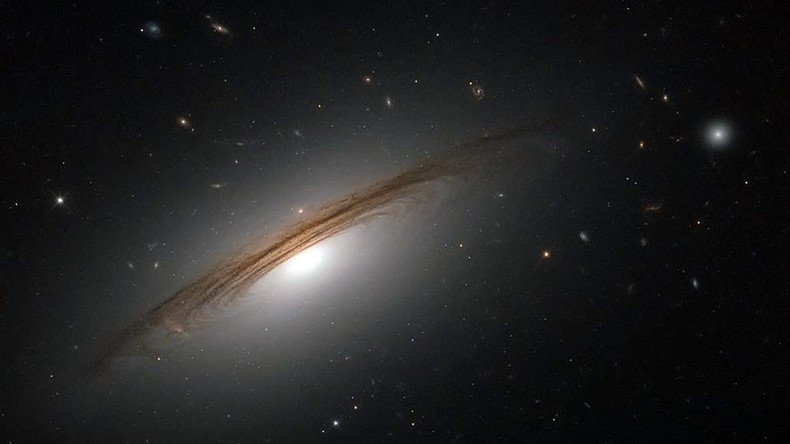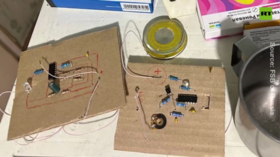Extraordinary hybrid galaxy captured by NASA’s Hubble (PHOTO)

NASA’s Hubble Space Telescope has captured hybrid galaxy UGC 12591’s spectacular size and structure in its latest detailed high-quality image.
UGC 12591 has the characteristics of both a lenticular and spiral galaxy. It is four times bigger than the Milky Way and its spirals rotate at speeds of over 1.1 million miles an hour.
UGC12591 & its halo contain several hundred billion times the mass of the sun; 4x the mass of the Milky Way!
— Hubble (@NASA_Hubble) March 3, 2017
READ: https://t.co/XU2pONwEcQpic.twitter.com/pVeHe14N6I
Located 400 million light-years from Earth, UGC 12591 is part of one of the largest structures in the universe, the Perseus-Pisces Supercluster, which stretches for hundreds of lightyears, spanning 40 degrees of the winter sky in the northern hemisphere.
Stunning image from @NASA of two galaxies colliding. ☄ https://t.co/ODCWViXJA3
— RT UK (@RTUKnews) January 15, 2017
Astronomers are studying UGC 12591 to determine whether it was formed by colliding with another galaxy or whether it developed slowly over time.












